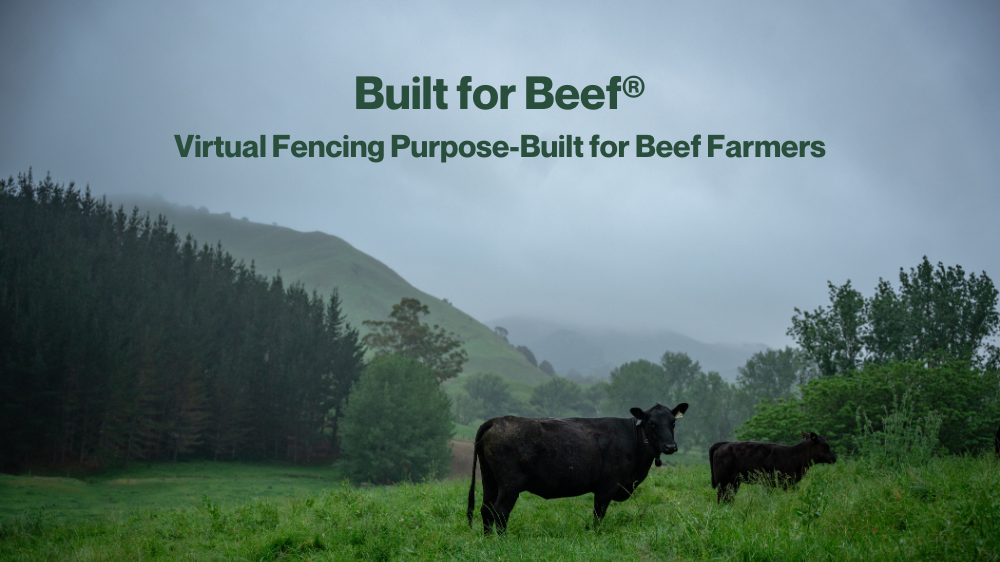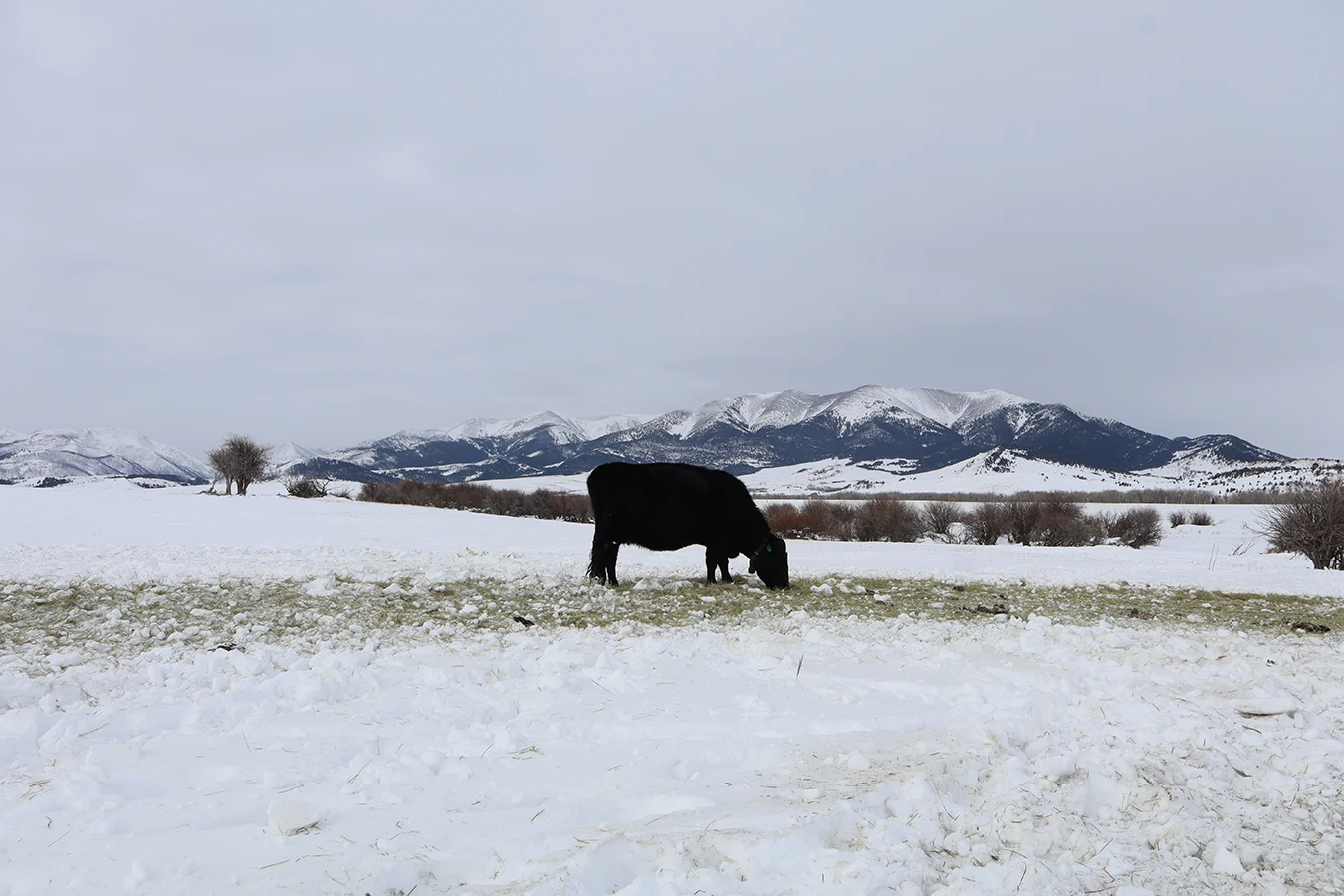How David went from 17% cycling to 83% in-calf at 6 weeks

How West Coast farmer David Provis turned his 2023-24 season around.
David Provis runs a 200 cow herd on the stunning West Coast of New Zealand. In August 2023, he deployed Halter, primarily motivated by the value he could see in virtual fencing and remote farm management. However, he quickly uncovered more ways to use this tool to improve his operation.
“What we got Halter for versus what it’s actually doing for us, is quite different. We got it for virtual fencing, but we’re using it for more.”

In particular, pre-mating cycling & fertility insights were key in ensuring the mating season was a success. 14 days after collars were put on in August, automatic heat detection began to record the cycling status of each cow. This meant that David & the team could get a feel for their herd’s cycling rates in real-time, as they progressed through the calving period and approached their planned start of mating (PSM) date in November. Previously, like most farmers without Halter, David wouldn’t start doing heat detection until closer to their PSM, so this was data that he wouldn’t usually have.
Four weeks out from their PSM in November, David could see in his Halter app that cycling rates were lower than industry targets for that point in the season, but as it was a new piece of information, and his first season with Halter, he wasn’t sure what was normal for his herd. At the start of October, David spoke with his Halter Customer Success representative, who also expressed concern about his cycling rate, especially as it was below other Halter farms in his region.
Thankfully, David still had several weeks before they planned to start mating, so he worked with his vet on a plan to boost the herd’s cycling rates. They administered a MULTIMIN® jab - a supplement containing copper, selenium, zinc and manganese - to boost overall herd nutrition & mineral intake.

“We hadn’t done pre-mating heat detection before, so we weren’t sure what was normal. Halter supported us to understand the data and take action”
After the MULTIMIN® jab, David monitored the data daily as his herd started to cycle, and by PSM, cycling rates had jumped to 54%. While this cycling rate was still below industry target, daily submission rate data provided David confirmation that the herd was still on track.
As his first season using Halter heat detection, and concerned by the low cycling rate, David also decided to employ a secondary heat detection method of scratchies. Having this fallback gave him peace of mind that no cow would be missed, and also helped him to build more confidence in Halter. After three weeks of using both Halter and scratchies, he felt confident in Halter’s heat detection, and was “just looking for the flashing lights, and using rub marks to confirm them”.


"Data from Halter was a primary consideration in putting up returns. Halter data made it easy to see if a return was short or not, and helped with the decision to put cows up".
David also felt that the data Halter gave him on the strength and return interval of each heat was pivotal in their decisions to put returned cows up for AI. When David noticed a cow had been rubbed, he would take a closer look at her data in his Halter app. Here, he could see how many days it had been since her last heat, and investigate the changes in her behaviour over the past few days.
David noted that both of these pieces of information were key in helping him scrutinise whether a cow had actually returned, or if she had likely just rubbed up against a tree. This data helped him to make better decisions about the cows he put up each day, and ultimately improve conception in his herd.

Now, in early February, David is looking at an estimated 6 week in-calf rate (6WICR) of 83%, and an estimated 9% not-incalf rate (NICR). While the final numbers are still to be confirmed with pregnancy scans happening later in February, these early results place David 5% above the industry target of 78% for his 6WICR, and 4% better than the target NICR of 13% - impressive results worth thousands in profit for his business.
Related Blog Posts
See all articles
The science behind grazing at the third leaf stage
By hitting the right leaf stage, you can grow 10-15% more grass to substitute the costs on inputs.
Read more
The Halter Collar
We answer some of our most frequently asked questions around our unique solar-power technology, the durability of our smart cow collars, and more in this article.
Read more
Built for Beef: How Halter Created Virtual Fencing Purpose-Built for Beef Farmers
Discover how Halter developed a virtual fencing system purpose-built for beef cattle. Learn how beef farmers have shaped the product, and the breakthroughs powering modern beef grazing management.
Read more





